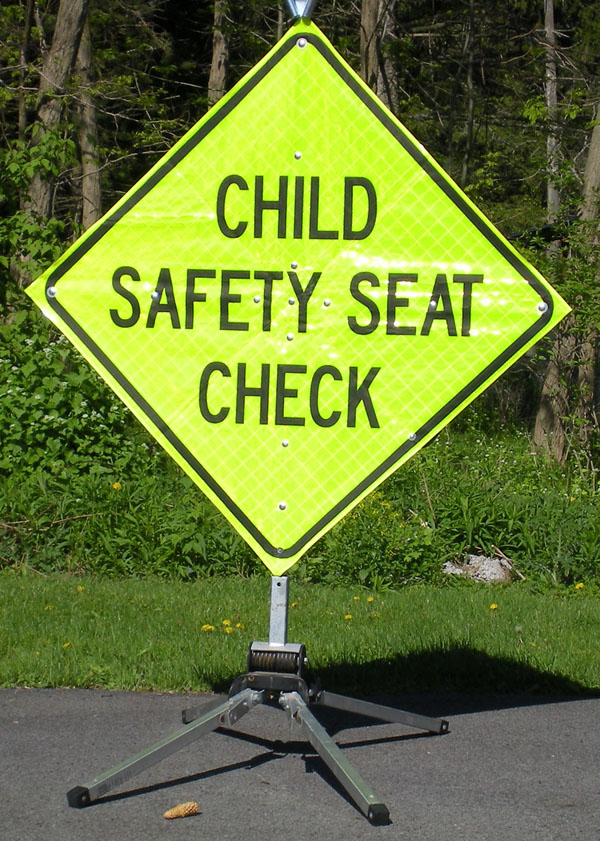 As of July 1, 2011 any child who has not reached the age of 8 must be restrained in a car or booster seat while riding in any vehicle. In addition, the car seats must be in the back seat, and the seats must be designed for the proper age, weight, and height of the child, as well as meet all U.S. Federal Guidelines.
As of July 1, 2011 any child who has not reached the age of 8 must be restrained in a car or booster seat while riding in any vehicle. In addition, the car seats must be in the back seat, and the seats must be designed for the proper age, weight, and height of the child, as well as meet all U.S. Federal Guidelines.
Motor vehicle accidents are the leading cause of death from children 3 to 14 years old, but when they are properly restrained it greatly reduces the risk of injury against everything from sudden stops to head-on collisions. Children who do not use child passenger seats are three times more likely to be injured than those who are using them. It is also very important to use child seats properly per the manufacturing guidelines as research shows that nearly 75 percent of child safety seats are not properly installed.
The Georgia Office for Highway Safety director Harris Blackwood, calls this new law, “a landmark in child safety.” Blackwood feels that the new law greatly improves the overall safety of 6 and 7 year olds riding in cars in Georgia.
The new law will apply to passenger vehicles, vans, and pickup trucks. It will be a few months before law enforcement will fully enact the law, but the first violation of the car seat law will result in a $50.00 fine, while second and subsequent convictions will result in $100 fines. The first conviction will add one point to a driver’s license, and the second and subsequent violations will add two points. Repeat offenders may also face losing their license all together.
The National Highway Traffic Safety Administration offers these tips for car seats:
• Select a car seat based on your child’s age and size, choose a seat that fits in your vehicle and use it every time.
• Always refer to your specific car seat manufacturer’s instructions — read the vehicle owner’s manual on how to install the car seat using the seat belt or LATCH system, and check height and weight limits.
• To maximize safety, keep your child in the car seat for as long as possible, as long as the child fits within the manufacturer’s height and weight requirements.
• Keep your child in the back seat at least through age 12.
The following information is provided by age group:
• Birth to 12 months — A child under age 1 should always ride in a rear-facing car seat. There are different types of rear-facing car seats — infant-only seats can only be used rear-facing. Convertible and three-in-one car seats typically have higher height and weight limits for the rear-facing position, allowing you to keep your child rear-facing for a longer period of time.
• 1 to 3 years — Keep your child rear-facing as long as possible. It’s the best way to keep him or her safe. Your child should remain in a rear-facing car seat until he or she reaches the top height or weight limit allowed by your car seat’s manufacturer. Once your child outgrows the rear-facing car seat, your child is ready to travel in a forward-facing car seat with a harness.
• 4 to 7 years — Keep your child in a forward-facing car seat with a harness until he or she reaches the top height or weight limit allowed by your car seat’s manufacturer. Once your child outgrows the forward-facing car seat with a harness, it’s time to travel in a booster seat, but still in the back seat.
• 8 to 12 years — Keep your child in a booster seat until he or she is big enough to fit in a seat belt properly. For a seat belt to fit properly the lap belt must lie snugly across the upper thighs, not the stomach. The shoulder belt should lie snug across the shoulder and chest and not cross the neck or face.
 Marietta Injury Lawyer Blog
Marietta Injury Lawyer Blog

